
When did people first come to Hawaii?
The first settlements in Hawaii appeared around 300-600 A.D. The first people to reach Hawaii were Polynesians who came to the island from the Marquesas Islands. These settlers built their homes near the ocean and started farming, providing food for themselves while on the island. These first settlers have lived on the island hundreds of years until the next group of settlers arrived, also Polynesians, but from Tahiti. The Tahitians did not want to co-exist along with the Polynesian farmers, so they exiled them to the mountains. Tahitians lived on the Hawaiian Islands until James Cook and his crew arrived in the late 1700s.
The First Settlements in Hawaii Were Farmers and Fishermen
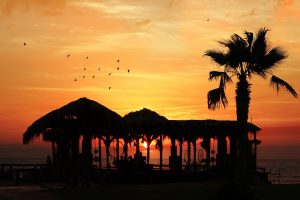
While on Hawaiian Islands, the Polynesians were providing for themselves through farming and fishing. They did not arrive at the island empty-handed; on the ships, they brought their native seeds and plants, like taro and sugar cane, along with animals, including pigs and chickens. Since the first settlements, the agricultural tradition continued with Hawaiians for a long time. During the King’s rule, the islands were divided into several regions, or ahupua’a, with chieftains in charge and their people, farmers and fishermen. The King divided the land in such way that each region had zones with mountaintops, shoreline, and the farming area in between. Fishermen took their places on the shores, in specific areas. Ahupua’a system also promoted trading between the lands to make sure all of them prosper.
What Was the Culture of the First Settlers?
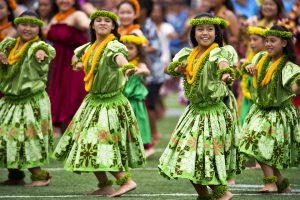
Besides the plants and animals native to their homeland, the first settlers from Polynesia brought their traditions, crafts, and religious beliefs. Consequently, Polynesian ancestry influenced Hawaiian native customs and traditions. However, Hawaiians perfected and refined the cultural aspects of Polynesian traditions. One of the examples is the clothing that Hawaiian settlers were making. While they used the same material, kapa, for their clothing, Hawaiians were more creative with the material than their ancestors. They used pigments from vegetables to dye their clothes in different colors. Moreover, they used flowers to make the clothes fragrant. They also stamped their clothing with bamboo to create patterns. Among other cultural aspects are physical and recreational activities. Hawaiians had competitions with neighboring lands in athletics, swimming, and games.
The People of Hawaii in the Present Day
Hawaiians do their best to preserve their cultural heritage. Many natives participate in the arts and crafts dating back to their early ancestors. The people of Hawaii have a very close connection to nature, and it is perhaps the reason why they have a tight connection with the traditions of their ancestors. The Hawaiians are very kind and hospitable. Their culture is known for its welcoming and inviting spirit. Hawaiian unique greeting “Aloha” expresses their spirit of goodness and harmony. Ordinarily, sources sometimes refer to it as “the spirit of Aloha”. This harmonious spirit of Aloha is born from Hawaiian deep love and respect from nature, which they inherited from their ancestors.


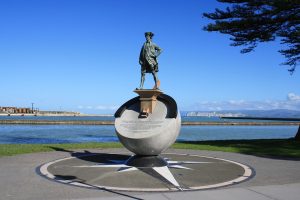
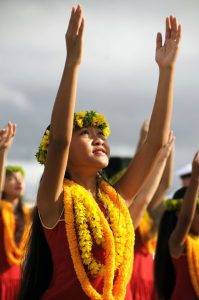

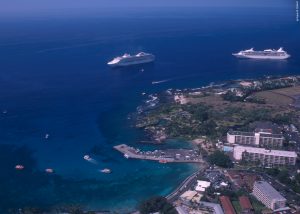
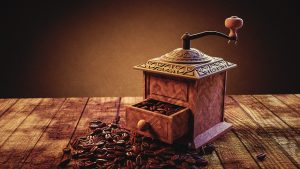 Kona Coffee is the gem of Kona District and ordinarily it received its name. This type of coffee has a great advantage over other types of coffee you can find across the world. Its advantages come from the unique location and environment, especially rich volcanic soil of Mauna Loa and Hualalai Mountains.
Kona Coffee is the gem of Kona District and ordinarily it received its name. This type of coffee has a great advantage over other types of coffee you can find across the world. Its advantages come from the unique location and environment, especially rich volcanic soil of Mauna Loa and Hualalai Mountains.

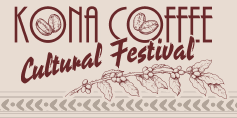 The
The